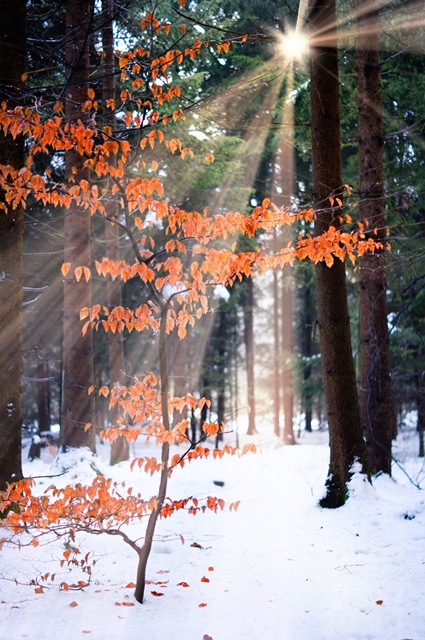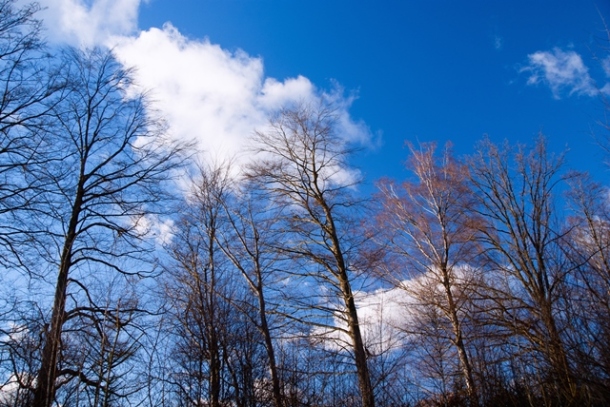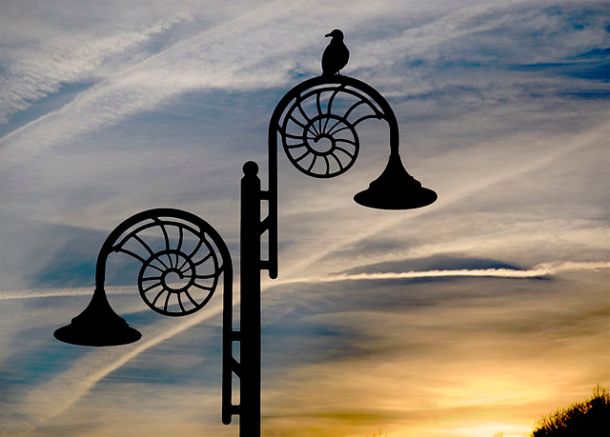
credit: Andreas Krappweis
To praise the sun is to praise your own eyes. ~Rumi
This human self-awareness is tricky. In the context of our mainstream culture, where the goal of life seems to be to acquire material things or status markers that will make us feel good (i.e. safe), self-awareness gets hijacked and tethered to superficial pursuits.
We can get lost in it, ending up in a blind alley of narcissism and selfishness. I think spiritual teachings that encourage us to focus purely on transcendence can lead us to a similar sort of place, though the accompanying narrative is more meaningful. There’s a feeling of detachment and isolation in the notion of moving beyond the messiness of life. And we can become obsessed with our progress in doing so.
In both cases, our self-awareness seems to be put in the service of answering that very human question: “How am I doing?”
In contrast, Rumi’s version of self-awareness reflects a profoundly intentional embodiment, connectedness, and sense of the greater unfolding in which we are embedded, and its beauty and value. I think we are self-aware in order to praise the sun. And to praise our self-awareness in the midst of that appreciation and delight. I think we are self-aware because it allows a special kind of gratitude. What a privilege to dwell inside that thank you.







